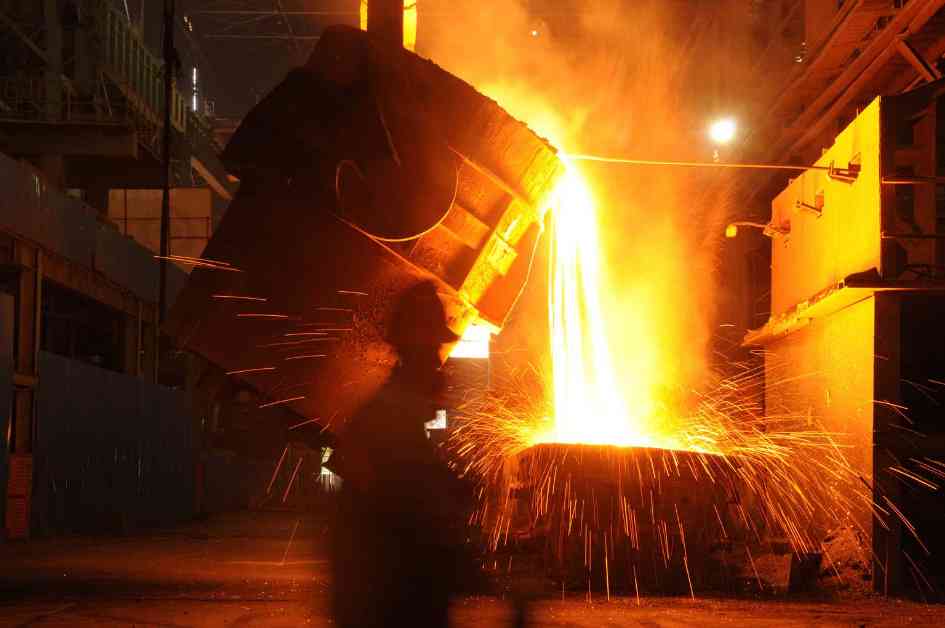Many investors in U.S. Steel Corp. are focused on the $55 cash per share buyout proposal by Nippon Steel, overlooking the decline in steel prices this quarter. However, due to political reasons, the deal is likely to be dead. President Biden and former President Trump are both against it, emphasizing the importance of maintaining American steel companies. As a result, investors should assess the stock as if U.S. Steel will remain independent, leading to a lower valuation compared to the current stock price.
The $55 per share purchase deal may have been a short-term defensive play by Nippon to prevent other companies like Cleveland-Cliffs from acquiring U.S. Steel. The termination of the deal could result in a drop in the stock price to align with the current pricing of other steel companies. Additionally, declining steel prices since the end of March have impacted U.S. Steel, with a significant portion of their revenue tied to spot prices. The company’s reliance on short-term pricing poses a risk to its business model, especially with the current market conditions.
Forecasting steel sales has become challenging due to fluctuations in demand influenced by factors like inventory adjustments and price change expectations. With weak GDP growth in the first quarter of 2024, steel companies may face a challenging year ahead. As a result, valuing U.S. Steel as an independent company suggests a much lower stock price compared to its current valuation. The company’s financial performance over the past 20 years has been stagnant, reflecting the challenges in the steel industry.
While there were expectations of strong demand for steel products following the 2021 Infrastructure Investment and Jobs Act, the actual progress on infrastructure projects has been slow. This has led to disappointment among investors who anticipated higher revenue from these projects. As a result, valuing U.S. Steel based on current market conditions and the company’s financial performance suggests a sell rating for the stock.
In conclusion, the termination of the Nippon buyout deal, coupled with weak steel prices and GDP growth, paints a challenging picture for U.S. Steel in 2024. Investors should consider the company’s independent valuation and the potential risks associated with its business model amidst fluctuating steel prices. As the steel industry faces uncertainties, a cautious approach to investing in U.S. Steel is advised.








